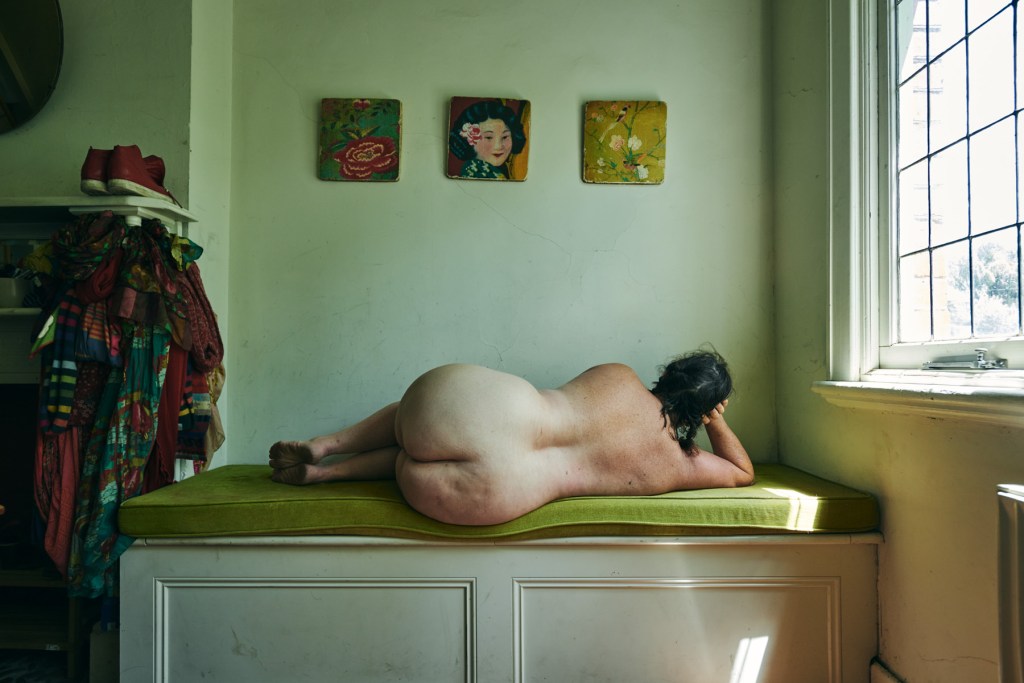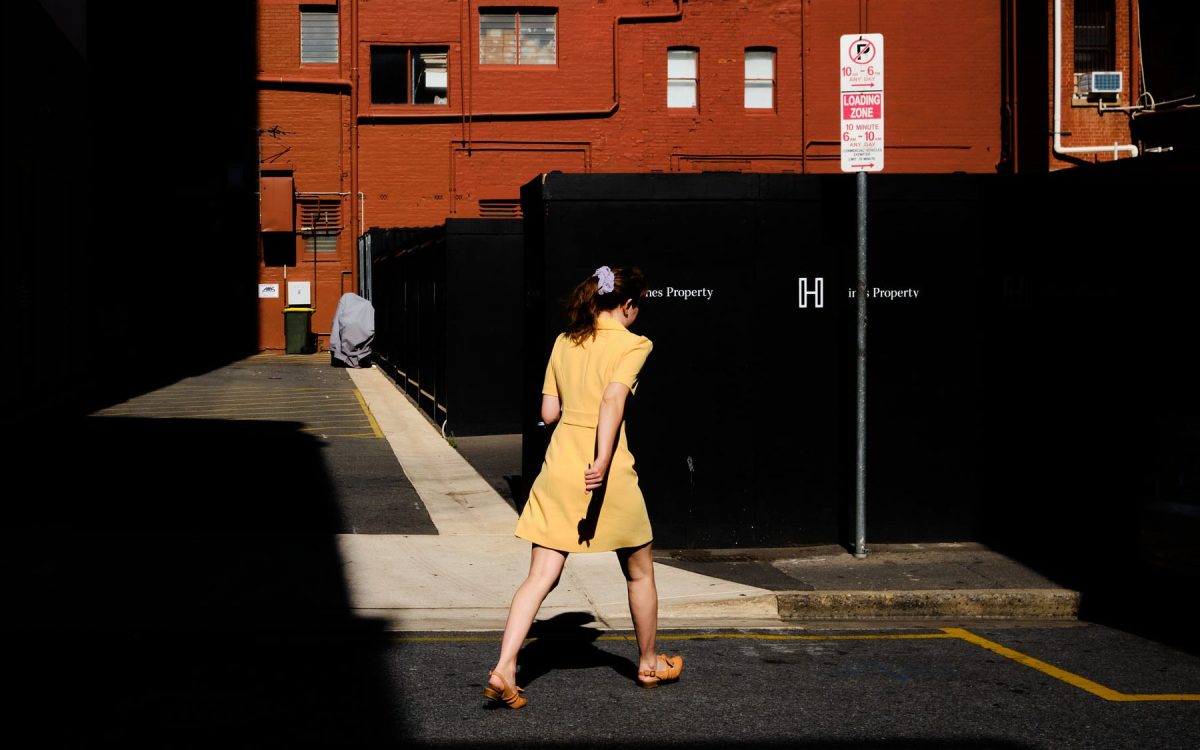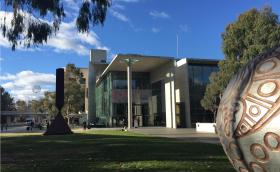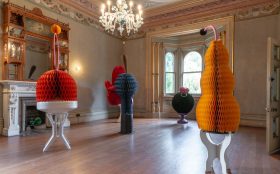Recently, Australia has seen some of its vital photographic infrastructure crumble: the Australian Centre for Photography (ACP) announced its hibernation in December 2020 and the iconic Michaels camera store in Melbourne closed after a century in the business. The Australian Institute for Professional Photographers (AIPP) has bade farewell after 75 years supporting the industry.
We might be seeing the end of an era, according to Melbourne-based photographer Brent Lukey.
‘The notion of professional photography/photographer has been, and is still currently, changing rapidly – in many ways perhaps for the better. For decades now it been an exclusive club of mostly mansplaining blokes who have tried to control and protect their patch and aesthetic view,’ he said.
‘The [other] big factor is connected to technology,’ Lukey continued, ‘the idea and the way of showing that you are a photographer through a screen is really starting to dominate.’
Read: So you want my arts job: Freelance Arts Photographer
Morganna Magee also works across the perceived divide of commercial and art photography. She told ArtsHub: ‘Historically the art world hasn’t really known what to do with photography – certainly in Australia it is not collected at the same level of other mediums.’
As a founding member of Lumina Collective and previously commissioned by The New York Times, Magee said ‘the divide is probably perceived more by institutions than photographers – the training you need to become a commercial photographer is invaluable no matter if you choose to use it for commerce or to make art.’
THE STATE OF PHOTOGRAPHY
Just like many in the creative industries, photographers saw drastic cuts to their activity during COVID. While these factors may have led to institutional closures, Lukey said ‘there was [also] a kind of slowing down and a rethinking of photography going on.’
Magee agreed, saying: ‘Photography is the one medium that can have multiple applications. I never studied art formally and in fact think that doing so limits a photographer into thinking photography can only be one thing. The diversity of photography is what has kept me engaged with it for over 20 years.‘
‘No other medium has had the opportunity to engage with the wider community like photography does.’
Artist and photographer Morganna Magee
With a background in filmmaking and anthropology, Lukey highlighted that ‘in Australia, in particular, we are playing catch up in terms of how we look at photography and how we judge it.’
He said the terrain is slowly shifting, where ‘the young people have now got the tools, knowledge, and a new way of seeing the world that is not based on the male view.’
In his view, it is a new generation working in the photographic terrain that are driving this change as ‘the laws associated with beauty are being pushed all the time, and the tools to do that are in everyone’s hands … That is the revolution.
‘At the same time, art photography seems to be growing but is often misunderstood,’ Lukey added. ‘I think we still use old language to view a photo, and I think that that has to change in photography, as art.’
Photography has long expanded beyond the fields of documentation and journalism. As Ballarat International Foto Biennale’s Artistic Director Fiona Sweet previously said: ‘A lot of artists who don’t identify as photographers use the photographic medium.’
Lukey suggested that a more useful definition of a professional photographer is ‘someone who can work under pressure and get the shots,’ whereas artist may take a more experimental approach.
Head On Photo Festival Director Moshe Rosenzveig added: ‘There is a great opportunity for renewal and restructuring the photography industry and community in Australia … The sector can thrive if the commercial arm embraces photography beyond selling cameras and other equipment, and support the creative arm as active participants who ultimately are responsible for promoting the use of the equipment and apps.’
AN AESTHETIC REVOLUTION
While COVID has destroyed the businesses of many photographers, the medium ‘has never been more accessible and important as it’s become the universal language within a decade,’ said Magee.
‘Social media has made it so, so easy to grow an audience beyond Australia and to form communities and support.’
Speaking with Photography Studies College (PSC), Dean of Studies Daniel Boetker-Smith previously noted that ‘one of the things we identified early on was it was very hard for Australian photographers to get noticed internationally.’
Magee echoed this point. ‘Both the art world and commercial industries in Australia are relatively small and have been notoriously insular, so the exposure to a global audience [through social media] has been invaluable for many of us,’ she said.
In a way, this signals that local infrastructure needs to do a better job supporting artists on the ground.
Analysing the closure of AIPP, Lukey said an underlying aesthetic revolution alongside changing definitions of being a photographer might be why such organisations are falling apart.
‘There is still this perceived intimidation and hierarchy of who is a professional photographer, which is the thing that I think is being broken right now,’ he said.
‘[Some organisations] had a very narrow view of what a good photograph was and painted themselves into a corner … An organisation like the AIPP couldn’t quantify what a professional photographer was anymore.
‘I think that people were also intimidated, to some degree, to be a certain type of professional photographer and a lot of people just didn’t want to work within that structure or aesthetic,’ Lukey said.

He added: ‘What they didn’t see is that there is always people out there who are really, really interesting photographers, and they kind of couldn’t accept that.’
Unfortunately this isn’t a singular view, with the AIPP’s closure FAQ noting that the organisation had suffered from the ‘public narrative’. Similarly, a blog entry on Fstoppers said ‘the institution was a bit of a relic’, quoting their experience regarding its lack of transparency and membership engagement.
When envisioning a better, healthier ecosystem for photographers, Magee said the community i.e. the institutions, associations, and people working as professional photographers ‘need to be inclusive, exciting and welcoming to move [the sector] forward.
‘Currently we have so few institutions that support photography and many of them choose to support the same people rather than cast their nets wider into a diverse and broad community of photographers who are making work that could bring them new audiences,’ said Magee.
Read: Life Through a Noongar Lens: photographs that re-tell history
Lukey added: ‘I think that for the most part, people want to embrace the diversity and they want to embrace the new. But it challenged so many photographers who were professionals, who felt they were losing their ground. How they made their living was being pushed away by people who they wanted to consider, but ultimately didn’t want to compete with.’
The dilemma, Lukey said with a laugh, is that while younger photographic practices are extremely interesting, ‘the young people don’t know how to charge for it.’
On the other hand, there are events that have been thriving and opened up more possibilities for photography, including the current Ballarat International Foto Biennale, Head On Photo Festival, and PHOTO21.
Photography has so much potential that can be channeled through curation, festivals, and programs. ‘I think there are things like PHOTO21 coming up, while others are closing, because people are going “hang on a minute, there is a lot about photography that needs to be shown right now” – I think they’re really giving it everything they’ve got to try to push this new way of seeing,’ Lukey said.
The key is adaptation, echoed Head On Festival Director Moshe Rosenzveig: ‘The reason they continue to thrive, is to support photographers, whether professional or enthusiasts, and present photography to audiences beyond the photographic community.
‘The number of active professional photographers is declining, but audiences continue to grow as photography becomes more accessible thanks to improved phone cameras and apps.
Head On Photo Festival, Festival Director Moshe Rosenzveig
‘For anyone in the arts industry, diversification of income streams is imperative, and it is vital to develop collaborations and maintain strong relationships with other organisations and the community,’ Rosenzveig said.
Lukey added:‘The truth element has shifted from the observational and the objective to the subjective – that is mind-blowingly interesting to look at in curation.
‘How we present our body, how to represent our life on camera through a lens is so fascinating. That’s how photography should be look at right now – it’s life through a lens,’ he concluded.






